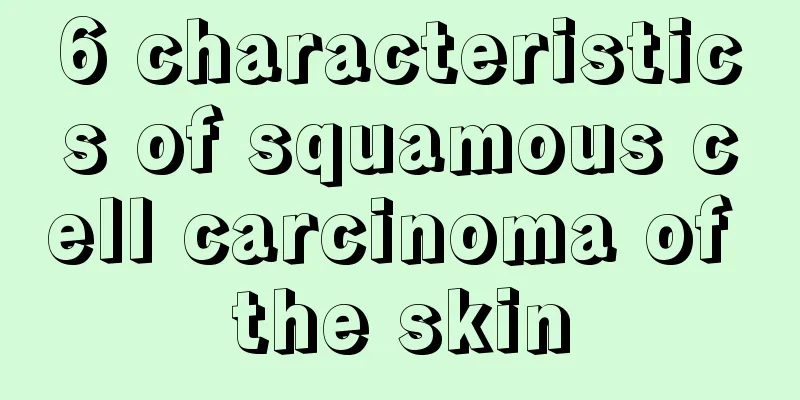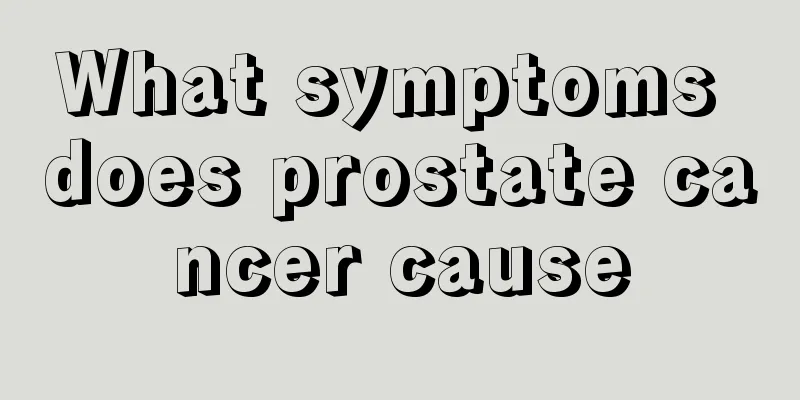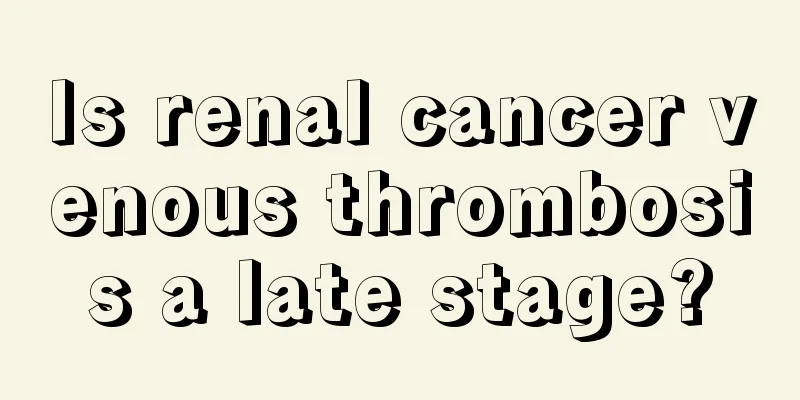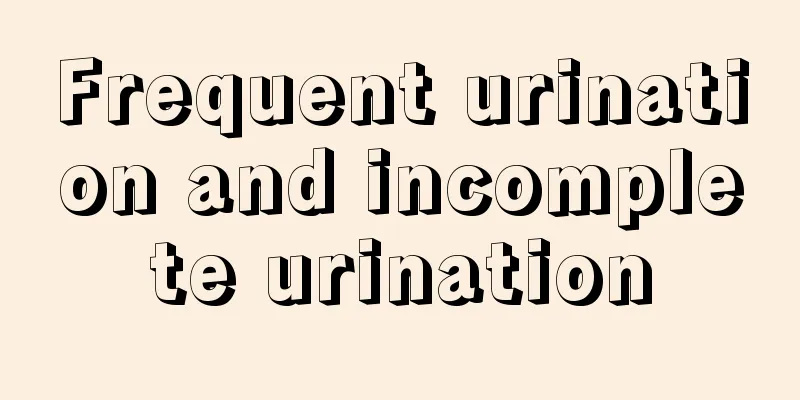Is calcium sulfate a precipitate?
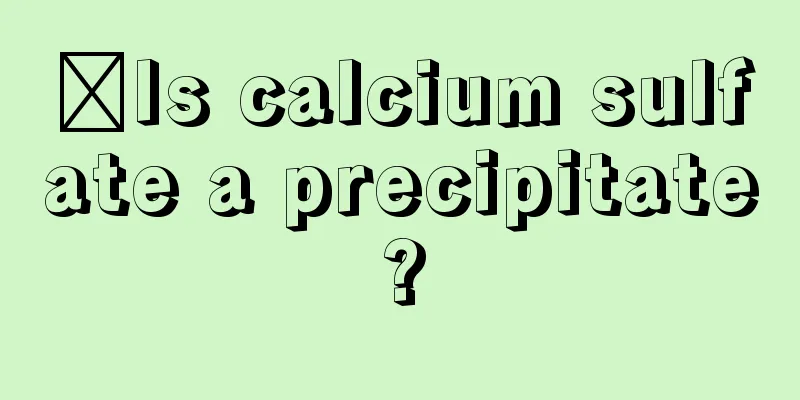
|
Calcium sulfate is a rather troublesome substance in chemistry. Because in chemistry calcium sulfate is considered a slightly soluble substance, but because its solubility in water is not high, it can be considered a precipitate. But anyone who has studied chemistry knows that sometimes calcium sulfate is counted as a precipitate, but sometimes it is not, so it can be confusing. So does calcium sulfate count as a precipitate? First, it depends on the situation. Precipitation is the phenomenon of solid precipitation that occurs when the amount of solute is greater than the saturation concentration of the solution. Any solute has the potential to form a precipitate - for example, relatively soluble KNO3 will also form a precipitate if its saturated solution is cooled to reduce its solubility. The question itself is not asked accurately - precipitation is not a property of a substance, but solubility, or solubility product, is a property that corresponds one-to-one with the solute under certain temperature and certain solvent conditions. CaSO4 is a slightly soluble substance with a relatively low solubility, so it is relatively easy to form a precipitate. However, if the concentration of the solution is very low, there may be no precipitation. So whether to add the ↓ sign to CaSO4 when writing the equation depends on the specific situation. Second use of calcium sulfate. Raw material for manufacturing cement, calcium sulfate hemihydrate and sulfuric acid. Used as filler in paint and paper industry. Used as fertilizer in agriculture, it can reduce soil alkalinity and improve soil performance. Edible grade can be used as nutritional supplements (calcium fortification), coagulants, yeast food, dough regulators, chelating agents. It can also be used as a tissue strengthener in canned tomatoes and potatoes, a hardener for brewing water, a flavor enhancer for wine, etc. In addition to being used in large quantities as a building material and cement raw material, gypsum is widely used in rubber, plastics, fertilizers, pesticides, paints, textiles, food, medicine, papermaking, daily chemicals, arts and crafts, culture and education, and other sectors. In areas lacking sulfur resources, it can be used to make sulfuric acid and ammonium sulfate. Colorless and transparent gypsum can be used as optical material. Used as filler for epoxy resin, it can be used to prepare epoxy resin adhesive with high strength, high temperature resistance and good wear resistance. It can also replace asbestos to produce asbestos-free friction materials. Third, storage method of calcium sulfate. Store in a dry, clean warehouse. Food-grade products must be protected from contamination by toxic substances and must not be stored or transported together with toxic items. Attention should be paid to preventing moisture and humidity. |
<<: How to improve photographic memory? What are the training methods?
Recommend
Correct way to massage your face by yourself
Regular body massage can help you relax, while fa...
Why do I feel dizzy all of a sudden?
Dizziness is a very common phenomenon in life. It...
What are the causes of bladder cancer
The occurrence of bladder cancer is often related...
What are the hazards of steam humidifiers
Steam humidifier is an electrical appliance we of...
How long can you live with bladder cancer? What affects the life expectancy of bladder cancer?
There is no uniform answer to how long a patient ...
How to use a coffee pot
Friends who like to drink coffee want to use a co...
What is the appropriate height for a latex pillow
In order to have a good sleep quality and protect...
Can lung CT detect lung cancer?
At this time, when the physical examination finds...
Is sleepiness in late pregnancy due to lack of oxygen?
It is normal to feel sleepy in the late pregnancy...
Do I need to remove the mole on my spouse's palace?
The name "Marriage Palace" sounds a bit...
The most effective way to gain weight
We have all heard a lot about losing weight, but ...
What to do if you have bloating, indigestion and bowel movements
Stomach bloating is a sign of poor gastrointestin...
The harm caused by bladder cancer
What are the harms caused by bladder cancer? The ...
Why do I get leg cramps when I wake up
Why do I get leg cramps when I wake up? Leg cramp...
Is jaundice from gallbladder cancer contagious? What are the symptoms?
The main clinical manifestations of gallbladder c...

